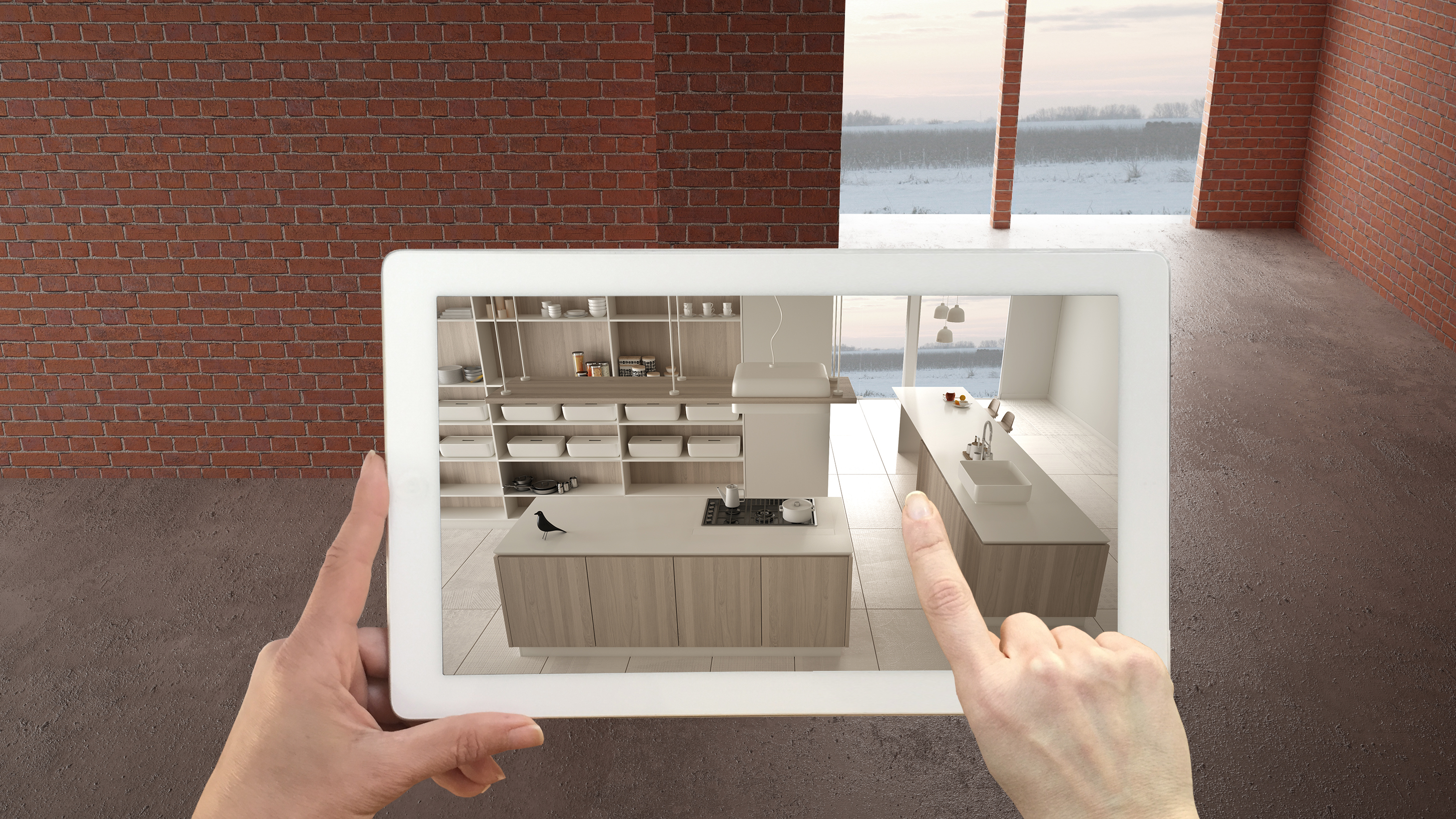By Faris Sibai
Augmented Reality (AR) is propelling the e-commerce industry into the future with a model that makes advertising not only personalized but fun for the user.
Augmented reality revenues are estimated to reach a staggering $14 billion in 2021, according to ARtillery Intelligence. This growth presents an exciting opportunity for marketers, as consumers are opting to buy online now more than ever before, based on comfort and convenience, AR removes one consumer concern or barrier – will the purchase live up to their expectations, be it the right lipstick to a sofa or car. Augmented reality (AR) technology has emerged and helped brands overcome this problem for consumers, allowing them to visualize and experience – as in some cases it’s about fit but it’s really about “what am I getting ?”
Technology and publishers are driving increased opportunity. We’ve recently witnessed Facebook introducing AR ads, following the lead of Snapchat, meaning we have only scratched the surface of what this technology can accomplish. Coupled with the widespread rollout of 5G, and the accompanying promise of increased connection speeds, this represents an opportunity to accelerate the adoption of AR and offer consumer more sophisticated mobile AR experiences – Imagine watching a movie trailer unfold on the street as you walk by, then skipping the ticket line by choosing your seats through a virtual kiosk. By enhancing everyday activities, AR will be a driving force for commerce, sports and entertainment
As AR marketing grows in popularity, questions remain about best practices and what the future holds.
- What industries are best suited for AR ads?
All industries can engage consumers through AR advertising, however, retail has been the fastest adopter. The furniture, clothing and cosmetics industries have all already caught on to the potential of AR.
- Zara has incorporated AR displays in more than 100 stores globally. The technology lets customers point smartphones at the stores’ mannequins and instantly buy any of the clothing items being modeled
- L’Oreal recently acquired AR startup ModiFace and has since developed a variety of virtual “try-on apps.” Through the different AR apps, consumers can see what they’d look like with various hairstyles, lipstick shades, and the use of other cosmetics.
- Online furniture retailer Wayfair developed a mobile app with an AR feature that allows customers to see virtual furniture and décor in their homes at full scale. The app ultimately helps customers determine whether a piece of furniture will fit within a space before buying it.
- E-commerce supergiant, Alibaba Group, recently announced Taobao Buy, an AR infused shopping experience that reimagines how you shop online with an interactive experience that looks and feels futuristic but is also easy to use. Alibaba’s new AR infused shopping app perfectly blends the real-world with 3D images for a result that looks like something straight out of big budget science fiction movie. Taobao Buy will let you browse and place 3D holograms of select products from their massive online store into your environment to see how they might look in a room. You can look at virtual dishware and see how it looks in front of you before making the final decision to purchase.
- This summer, Nike will roll out its latest augmented reality (AR) initiative, Nike Fit. While the feature is another move toward independence and away from wholesalers, it could also help to alleviate the biggest hassles of online shopping when it comes to clothes and accessories. The feature, powered through the shoemaker’s mobile app, will use a smartphone camera to take a detailed scan of a person’s feet. In less than a minute, Nike will be able to recommend ideal shoe fits and sizes for everyone.
At Mindshare, we are already working closely with our partners, to create immersive consumers experiences, to yield that all-important ROI. In Tunisia for example we partnered with a local start up to address a challenge Tunisie Telecom was facing – loss of leadership position, impacting annual turnover. We developed the first mobile AR game, triggered by top up cards, featuring the iconic Ramadan persona, Boutbila. Throughout the campaign duration, it become the most downloaded game on the PlayStore (15,000 in 10 days), securing an excellent 4.1 rating. Most importantly, 10,000 active users doubled their data consumption.
- What might hinder AR marketing adoption?
AR software has become increasingly accessible for advertisers, allowing creative, meaningful experiences with a lower barrier to entry.
AR advertising technology and content partners need to commit to creating a framework that reduces the technical burden for marketers and helps drive scale more broadly. Consumers are still in the discovery phase so educating them about AR technology and making available experiences is paramount, so for now, the focus need to be on content production and creation of experiences, to drive mass adoption.
- How can brands measure AR ROI?
Brands can easily measure AR activations through number of clicks and time spent. However very soon we’ll start to see a bespoke set of engagement metrics emerge, that will shed light on the user experience. These could include object rotation and movement of the device around an object to show whether a user is interested in seeing the interior of the car versus the headlights in an automotive campaign.
Faris Sibai is Client Leadership at Mindshare MENA.






